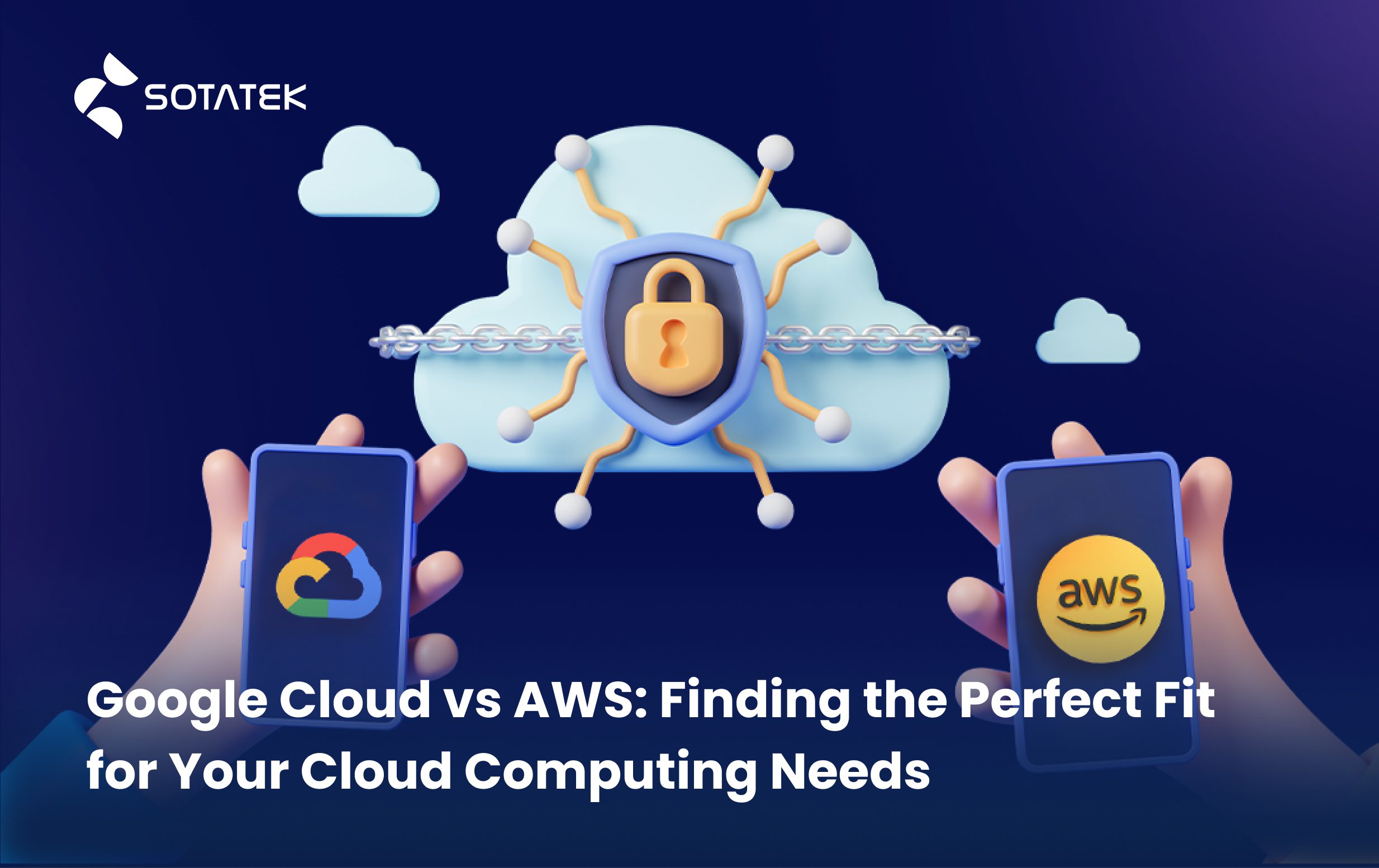In the world of blockchain, where digital transactions and decentralized applications thrive, two terms have been gaining attention: Multi-chain vs Cross-chain. If you’ve ever wondered about the differences between them, you’re in the right place. Think of it like comparing different ways highways are built to help traffic flow smoothly. Multi-chain is like having multiple separate highways that can handle specific tasks, while Crosschain is like building bridges between these highways to let them work together. In this blog, we’ll break down the simple yet important distinctions between Multi-chain and Cross-chain, exploring how these approaches impact the world of blockchain and make our digital journeys more versatile and connected.
1. What is Multi-Chain? How does Multi-Chain work?
In the world of blockchain and cryptocurrencies, “multi-chain” means there’s more than one chain of blocks (like in Bitcoin or Ethereum). It’s like having different roads for different types of traffic, but they can still connect and talk to each other.
The key idea behind Multi-Chain is to enhance the flexibility and efficiency of blockchain networks. Unlike traditional blockchains like Bitcoin or Ethereum, which operate on a single chain of blocks, Multi-Chain systems enable the existence of multiple interconnected chains. It’s like having different lanes on a highway, each serving a specific purpose or type of traffic.

Multi-chain enhances the flexibility and efficiency of blockchain networks
To understand how Multi-Chain works, imagine each blockchain as a distinct lane on a highway, catering to specific types of transactions or applications. While these lanes remain independent in terms of their functionality, they can still communicate and connect with each other when needed. This interconnectedness allows for a more versatile and scalable blockchain ecosystem.
Having different on-chain environments in the multi-chain system has increased the total capacity of the smart contract economy. This allows more users to join and make transactions at a lower cost. Each network in the system has its own way of handling things like scalability, decentralization, and privacy. In the multi-chain setup, all these different methods can be tested at the same time to help develop Web3, which is the next stage of the internet.
2. What is cross-chain? How does cross-chain protocol work?
Cross-chain refers to the ability of different blockchain networks to communicate and interact with each other. It’s like having multiple islands (blockchains) and building bridges (cross-chain protocols) between them so that they can share information and assets. This allows users to move their digital assets seamlessly across different blockchains, opening up new possibilities for decentralized applications (dApps) and improving overall interoperability in the blockchain space.

Cross-chain is one of the popular choices for developers
Here’s how cross-chain protocols work:
a. Lock and Mint
One common method used by cross-chain protocols is the “Lock and Mint” process. Imagine you have a magic wallet that can hold coins from different islands. When you want to move coins from one island to another, you lock them in your wallet on the first island. This means you’re temporarily putting them in a special safe. Once locked, the cross-chain protocol verifies this action and mints new equivalent coins on the second island. It’s like turning your locked coins into a special currency recognized on the second island. This process ensures that the total value of your assets remains the same, even though they’re now on a different blockchain.
b. Liquidity Networks
Another approach in cross-chain protocols involves Liquidity Networks. Think of these networks as efficient highways connecting different islands. Liquidity Networks focus on enabling seamless and instant transactions between different blockchains, enhancing the speed and efficiency of cross-chain operations. Just like a well-built highway system facilitates smooth transportation between cities, Liquidity Networks facilitate the smooth transfer of digital assets between blockchain networks.
These networks provide liquidity, which essentially means there’s enough flexibility to trade assets easily. Liquidity Networks make it easier for users to buy, sell, or transfer their digital assets across different blockchains without encountering delays or excessive fees. It’s like having a well-maintained bridge that not only connects islands but also ensures a smooth and fast journey for anyone crossing it.
In summary, cross-chain refers to the ability of blockchains to work together, and cross-chain protocols use methods like “Lock and Mint” and Liquidity Networks to make this collaboration seamless. It’s like creating bridges and efficient highways between different islands, allowing digital assets to move freely and quickly across various blockchain networks. These advancements in cross-chain technology contribute to the growth and development of a more interconnected and accessible blockchain ecosystem.
3. Differences Between Multi-chain vs Cross-chain
a. Multi-chain vs Cross-chain: Which One Has Better Performance & Speed?
- Multi-chain: Multichain excels in performance by optimizing for specific tasks within each independent chain. It’s like having specialized lanes on different roads, ensuring efficient handling of various transactions. However, as each chain operates separately, the overall speed may depend on the efficiency of each individual chain.
- Cross-chain: Cross-chain focuses on creating connections between different blockchains to enhance collaboration. This approach aims for smooth traffic flow between roads, resembling well-built bridges. While this can improve overall speed and efficiency in transferring assets between blockchains, it may introduce some latency due to the need for coordination between networks.
b. Multi-chain and Cross-chain: Security Comparison
- Multi-chain: Security in Multichain is maintained within each independent chain. Each specialized lane ensures the safety of transactions related to its specific function. However, the security of one chain may not directly impact the security of another.
- Cross-chain: Cross-chain introduces additional complexities as it involves coordinating security measures across different blockchains. Ensuring the safety of assets during their journey between blockchains becomes a shared responsibility, potentially requiring robust protocols to maintain a secure environment.
c. Cost of Multi-chain and Cross-chain
- Multi-chain: Multi-chain systems can be cost-effective as they optimize resources for specific functions. It’s like having different teams for various tasks, reducing unnecessary expenses. However, the overall cost may vary depending on the efficiency and complexity of each independent chain.
- Cross-chain: While cross-chain technology enhances interoperability, the implementation of bridges and connections might introduce additional costs. Building and maintaining these bridges between blockchains could involve extra expenses, and users may incur fees for transferring assets across interconnected networks.
d. Interoperability Differences Between Multi-chain and Cross-chain
- Multi-chain: Multi-chain systems focus on providing specialized solutions within independent chains. While they can communicate with each other when necessary, the interoperability may not be as seamless as in cross-chain systems.
- Cross-chain: Cross-chain places a strong emphasis on interoperability, allowing for the smooth transfer of assets or information between different blockchains. It’s like ensuring that cars can seamlessly move between various roads, promoting a more interconnected and versatile digital ecosystem.
4. Multi-chain and Cross-chain, which one is better?
When thinking about Multi-chain and Cross-chain, it’s like choosing between different tools – each has its own good points and not-so-good points. The comparison above helps you see what each is good at. If you want something that’s really good at specific tasks and works independently, Multi-chain might be your pick. On the other hand, if you want things to work together smoothly, Cross-chain could be the way to go. The decision comes down to what you need for your project, so think about it like picking the right tool for the job.
If you have a project in your mind and want to apply Multi-chain/ Cross-chain, don’t hesitate to contact us now for free consultation!

























